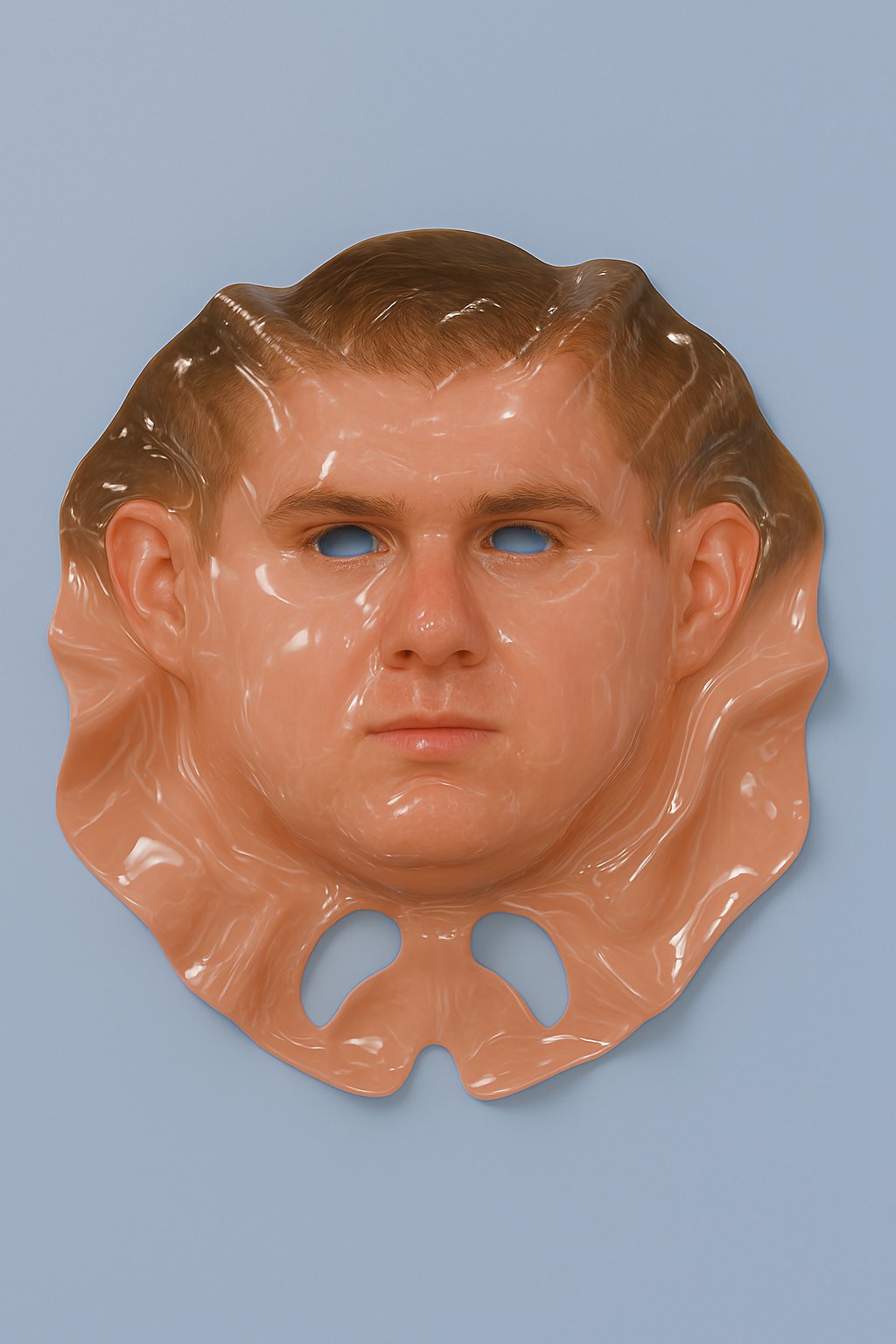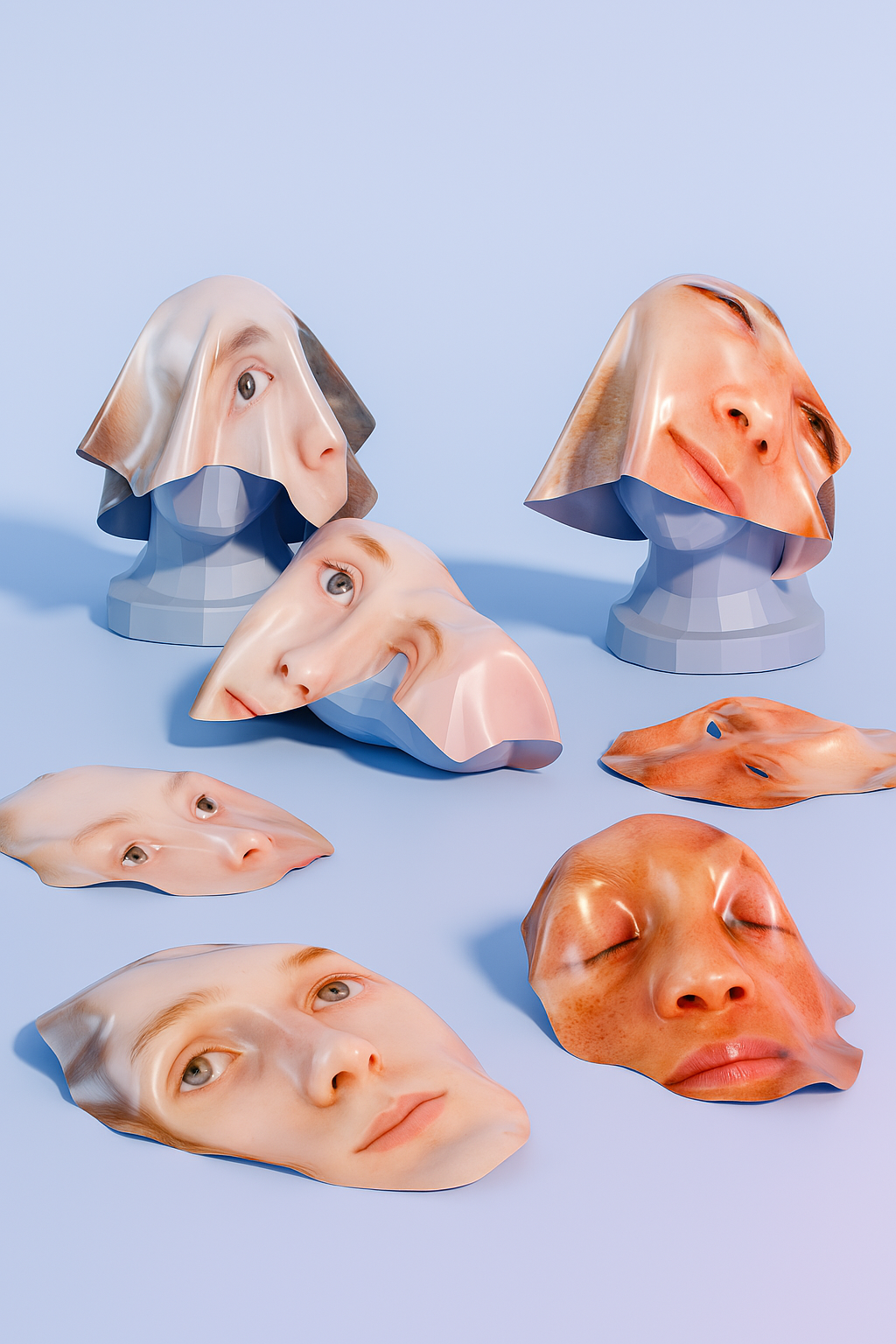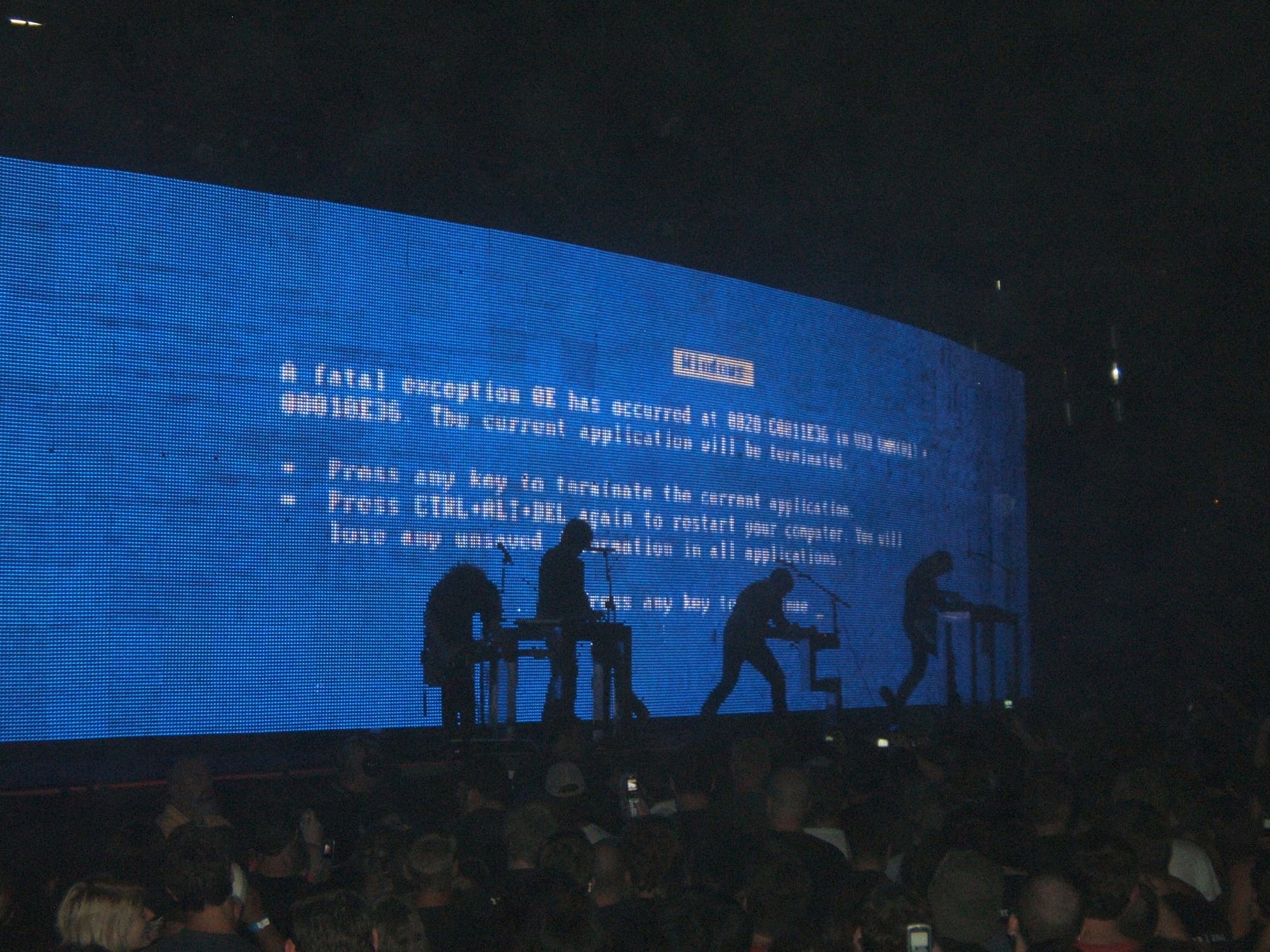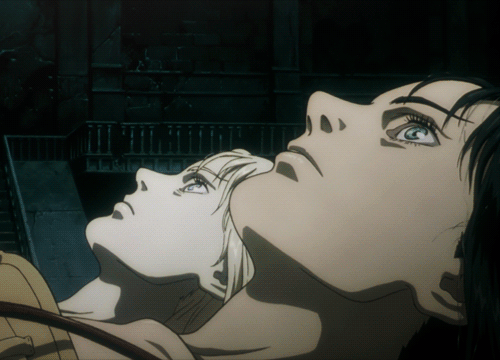
“As she stood by the wall watching the scene through the open window, the tears were streaming down her cheeks, for joy, from the music she was hearing, and out of frustration from the life she had led and, it seemed, would always lead, except for the brief unsatisfactory sorties she made into that other life with Eadie Twyborn; probably never again, since Eadie had been aged by her tragedy.”[1]
YASUO: When it’s all said and done, the Wired is just a medium of communication and the transfer of information. You mustn’t confuse it with the real world. Do you understand what I’m warning you about?
LAIN: You’re wrong.
YASUO: Huh?
LAIN: The border between the two isn’t all that clear. I’ll be able to enter it soon. In full range. Full motion. I’ll translate myself into it.[2]
Between the digital realm and our physical world is a third space — hybrid, ephemeral and poorly understood. You may have encountered it recently: an uncanny or unreal sense of almost touching something in a VR scene, an impossible fatigue during a Zoom call that leaves you floating like a balloon full of lead, or an eerie unease at the accuracy of a targeted advertisement. For decades, this in-between space has influenced the digitised society unseen. We call it the Para-Real, an emotional and transformative state that emerges when the electronic and the real collide, and — just for a moment — creates a space that can only exist at the exact second where platforms and atoms operate in absolute parallel. The para-real occurs inside this time-space, a form of perception and interface de-realisation whose boundaries can no longer be perceived—and whose affects are longer separated. The para-real is at once conditioned by computational forces, yet also immune to the parasitic intrusion of practices of extraction. The para-real is thus a paradoxical state of subsistence within the fissures of the digital and the analogue. The para-real is what occurs before the cybernetic digestion[3].
“It has been said of dreams that they are a controlled psychosis, or, put another way, a psychosis is a dream breaking through during waking hours.”[4]
The para-real has been with us since the earliest days of the personal computer. That we have not hitherto sought to examine the para-real is part of why we continue to struggle to grasp the force of digital affects, or imagine better futures that are tangible beyond speculation. The para-real is tied to the self, and it defies the cyberpunk claim of cyberspace’s ascent from the material bounds of embodiment and politic.[5] The para-real revels in complexity, and its first person perspective — no, first person persona — dismantles the concept of “user,” a vulgar design-led carving of the individual into a platter of market incentives. Its central contradiction of transformative emotional potential and ephemerality makes it impossible to commodify. The para-real is beyond regimes of accountability. The para-real only exists in real-time and cannot be designed with, it cannot be cultivated, it cannot be minted, it cannot be open sourced, and it cannot be archived. It is not a set of design tools or an IDEO-esque framework deployed to create the artificial wilderness[6] or digital platforms, let alone a rug pull pump-and-dump scheme. The para-real is not a protocol, and it cannot be fetishised in a Docker container pokéball. The para-real is the purest embodiment of the medium as the message.
The para-real remains overshadowed by the more well-known if shallow concept of the ‘metaverse’. First popularised by dystopian science fiction writers like William Gibson[8] and Neal Stephenson[9], and embraced by Web3 and the likes of Meta, the metaverse is peak pedestrian, a capitalist desire to complete the process of financialisation of what remains of the untouched self: the desire to inform and perform one’s own image for themselves and others. Whether deployed as a lazy sci-fi shorthand, or presented as progress to share-or-crypto-hodlers– the metaverse exists to put down creative complexity and lubricate this process of fucking the future by making the possibilities for self actualisation as narrow as possible.
Min-maxing power, clout or investor return in the decaying digital wasteland depends upon the fabrication of new territories to plunder. But the lucrative model of software-as-service lives or dies on its promise of no surprises: The immersive future they propose is set on rails and made as linear as possible. Paired with this is the reduction and restraint of the plurality of the first person ‘sona, regressing the potential of the self in the mediated digital/real world hybrid back to the user. The metaverse — Ready Player One, Fortnite, Roblox, Decentraland, Call of Duty, Facebook Horizons[10] — are all passive interfaces masquerading as a frontier, no more meaningful than the Web 2.0 platforms they proclaim to replace. There is no meaning or value to be found in a Zoom call, a Facebook account, or an NFT. Nobody seriously puts on a VR headset because they want to puppet their low-poly digital clone — complete with adjustable waistline thickness or optional wheelchair accessory — in a $2 replica of a white collar prison slash conference room. Nobody truly yearns to inhabit the image of a billion-dollar superhero franchise. Nobody wants your DLC.
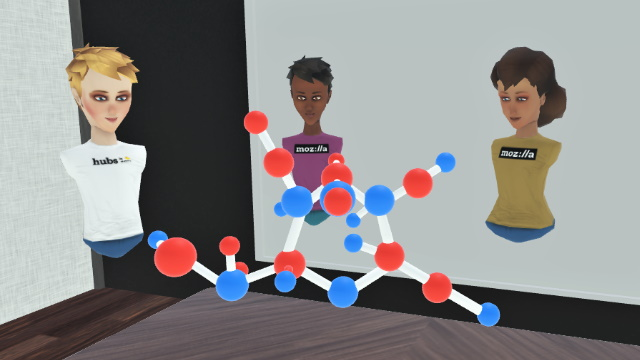

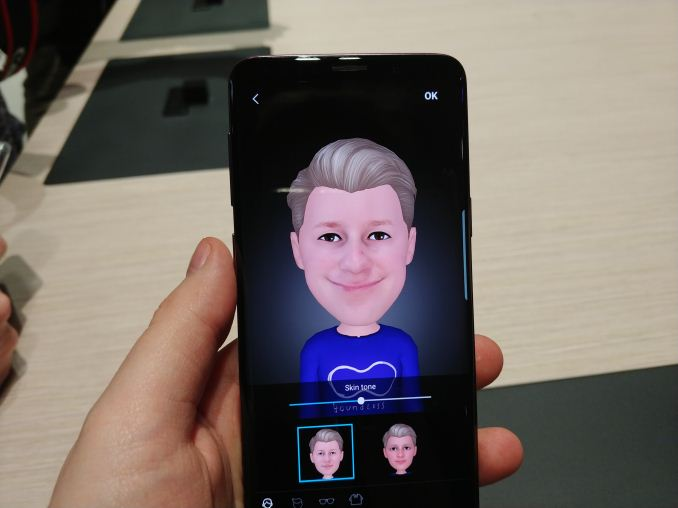
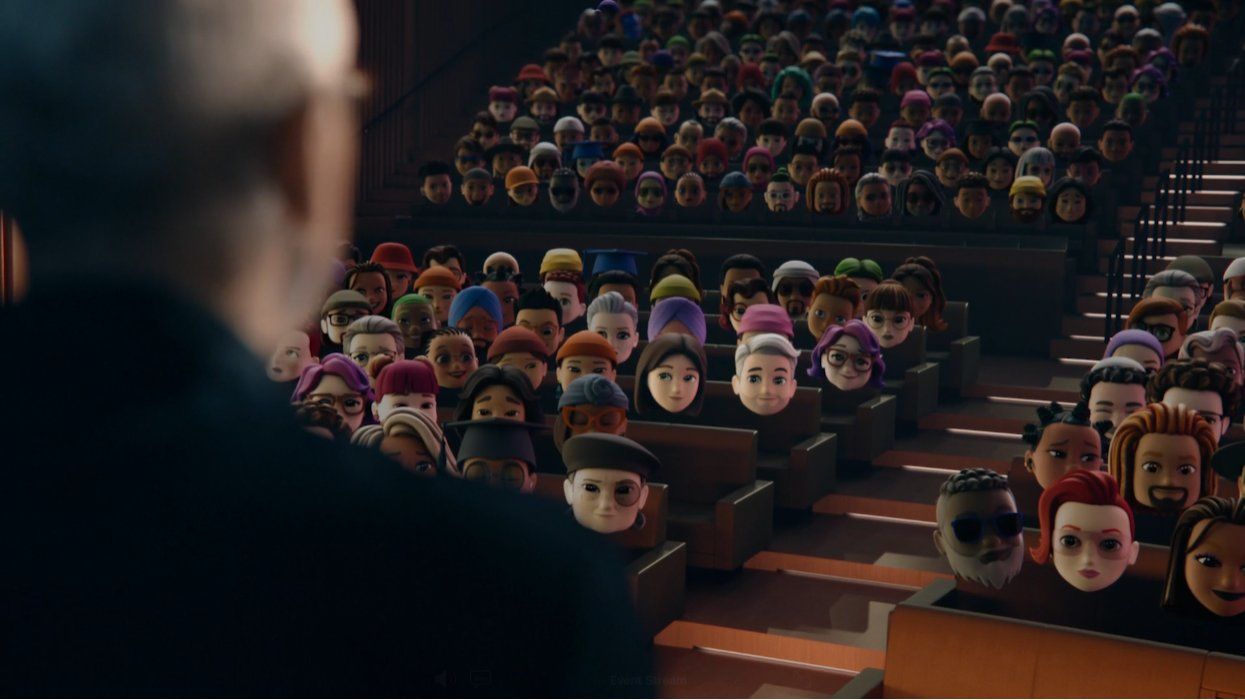
Despite the cynical and (hopefully) short-lived corpo-hype of Silicon Valley’s most visionless and vampiric acolytes, the Meta metaverse cohort delivers an ideological confusion that poisons the public imagination of what the present is — and what the future could be. This will take years to reverse. In embarking on this ill-fated conquest, Meta, Tencent, Epic Games, FTX, OpenSea and friends turned every supermarket chain, every Fortune 500, every non-profit, every state-based cultural program of soft power, every newsroom and podcaster, and every art gallery into the world’s most boring game designers cum faux Fintech expert. What Gibson and Stephenson failed to anticipate is the metaverse’s true horror: despite its colossal infrastructure costs, the metaverse is really fucking boring. Yet if men like these are Meta’s cultural muses, then it is authors like Phillip K. Dick who synthesised the para-real concepts this manifesto is built upon. To understand how and why the para-real works, one must see it as the unpredictable element: a para-psychological software bug in your brain and your computer simultaneously, a real and tangible glitch-in-the-Matrix kind of affect at odds with the digital malls of the future.
From a para-real perspective, the metaverse’s attempt to force yet another monopoly platform standard into existence might be considered a dangerous threat to the multiverse (not one VR stack but many VR islands in the Net). However, the concern here is a different one. In exiting the linear structure of the designed digital infrastructure, one is no longer a spectator. Prefab artificiality becomes less relevant. The metaverse is a platform of spectators, the para-real is not. The para-real is the collective art of disappearance.
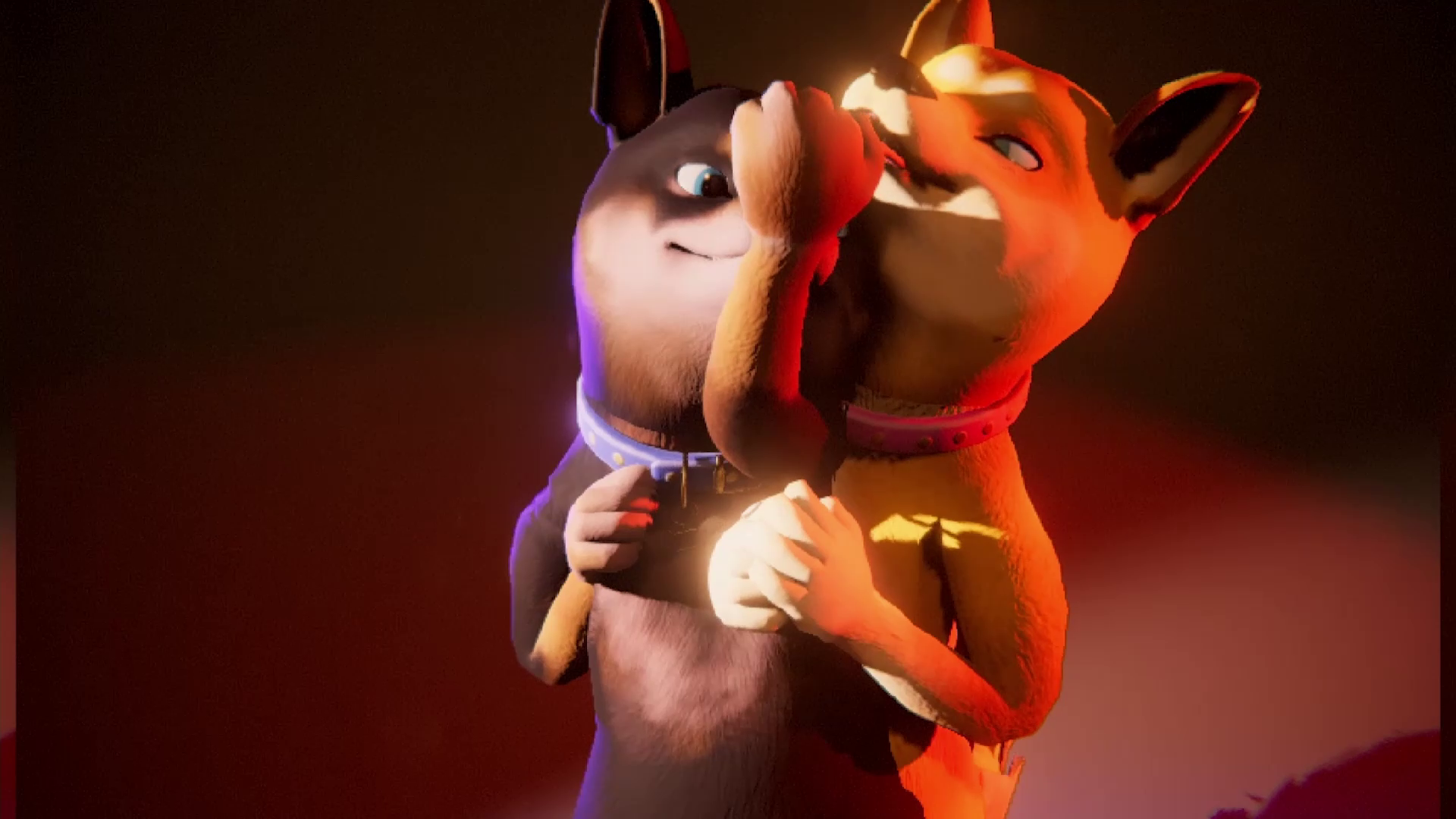
PLUTO: I love being here with you.[12]
The para-real is inherently participatory and interactive. In this sense, there is no such thing as a para-real film or mini-series. There are no passengers or passivity in the para-real. A para-social relationship between a livestreamer and their audience is a visceral example of the para-real, but the para-real exists in the moment with the delusional audience member. It is not stored in the VODs of the streamer, nor built into the interface of the streaming platform itself. No matter the fidelity or accuracy, digital archiving only derealises the para-real. Interpassivity is an ontological impossibility here. But merely engaging in the act of play or other interaction does not invoke the para-real either. The para-real’s central essence inhabits the body and the subject and it does so subconsciously. The phantom touch phenomena[13] reported by VR players is an example of the para-real; A synthesis of the sociality and the simulation that, when interpreted together, creates an undeniable yet ephemeral moment of sensory feedback by non-existent limbs. You are here, but not here, and neither is the other person. And yet, you feel them. If touch is nothing more than electrical pulses from nerve endings through your central nervous system, didn’t you actually touch?
But make no mistake: the para-real is not a safe or aspirational space by default. The frictions of class, of purchasing power, of privacy and capitalist terraforming all cultivate the para-real as a conflict zone. Players in Meta Quest headsets colliding with a wall in their tiny apartments is a para-real moment[14], where the software of the headset reaches out into the real world, demanding total dominance over physical space and throwing the attached body against it as collateral.
The tools of digital harassment conjure a more violent form of the para-real. An Instagrammer posts photos of her pet, and hours later is traced to her home and her phone by a horde through the clues left in in her content. As her phone lights up with death threats and dick pics, the transactional promise of a social media platform is shattered. Rather than broadcasting one’s self via posting, the platform and audience reach out of the phone and the network. The mortal fear felt by the victim is a moment of para-real terror.
The gripping urgent psychosis of black-pilled QAnon digital soldiers is this manifesto’s final example of violence, where the disenfranchised and the angry are pulled into a feeding-frenzy through a well-financed psy-op delivered via social media and complicit Youtube recommendations. In this moment, the grip of hysteria is the para-real. In these examples, the designers of Instagram and Youtube, and the Q-posting grifter/larper supreme do not share the para-real with their victims. The para-real is an intimacy between the individual and the digitial/real spaces around them.
DANIELLE BRATHWAITE-SHIRLEY: Games have this particular gaze that you just can't escape from, regardless of which one you jump to. They want you to project yourself onto the world, but at the same time, they make sure that there's limits. How would all of this change if the games industry were different? What if the teams who make game engines were black? How would the game mechanics different? What mechanics would actually be in a game that was designed by a black person or by an entire black team? What would be the point of video games if the industry was actually designed by black people itself? Would it at that point be less like entertainment, and be seen more like art? Would they be seen differently? Or would they be seen as more of a nuisance?[15]
If the billion dollar effort by California’s finest misses the point, then who sees the possibility? The para-real cannot be planned for, but it can and is perused by the fringes of internet subculture: the afro-futurists, the modders, the furries, the speed-runners and the post-gender movements all find themselves and each other through the para-real’s affects, harnessing its fleeting moments for self, support and solidarity. Male VR newcomers view themselves with a female avatar, slip into the para-real and crack their egg[16]. In the moment they evaluate their new body in the digital mirror, they step into the para-real and all bets are off. The most meaningful manifestations of self-realisation, transgenderism and other post-capitalist visions for identity beyond (and encompassing) the self are entangled in the para-real, for their organising, experimentation and their creation of new value.
While some are taking up the brave task of facing the anthropomorphic destiny of humankind, or remaking their gender in their own image, most of us continue to live under the regimes of caved-in identity policing that serves a violent, authoritarian rationalism[17]. This is where the dialectics of the para-real comes in, inside the possibilities that open up in the cracks of software bugs, absurd game physics, IP piracy/remixing, and infrastructure and political hacks. The para-real perspective teaches us to exploit disruptions, build collusion and other moments of fortified not-working or rejection. The para-real is today’s mode of technological perception, comparable to Walter Benjamin’s shock and Bertolt Brecht’s notion of estrangement. There is an urgent need to further develop languages for what these subcultures already know: the para-real unlocks an alertness inside an amoral world that is a odd blend of modernist structures, and strange objects and fellow travellers.
There is a fluidity of the para-real persona versus the fixed profile, identity, subject and inscribed in binary user profiles. The performative freedom of design, freedom to negotiate, away from the rational engineering view of the world, one that transcends violent systems, is what is common amongst all of these shared interests. Deal with this awakening: techno-metaphysics is fucking real and never been more material. It is through these that breakthroughs of perspective, of solidarity, of image, of political entanglement and of creativity occur. Out of the blue the para-real appears as a sudden turn, a flip in and out of character — and back. A glimpse at what lies beyond the barriers of the interface and the individual. Embodiment is the new value — and has always been the value.
LITTLEPOE: People come here to learn about themselves and go through kind of moments of transition. And that can be in regards to their gender, their sexuality, the relationship that they found themselves. I just want the communities like the ones who build worlds and avatars, the sign-language school, the dance clubs — there are so many dance clubs! — I want them to be running the future economies that grow here.
SHIBCO: Would you say that the fear is that the economies become more like the real world economies?
LITTLEPOE: That’s what I fear.[18]
We are in an endless and breathless scramble for the future, a goldrush in the debris of depleted digital societies and crypto-scams. Never mind the end of capitalism, pop-crit couldn’t even imagine the end of Facebook until just now. And yet, as struggling creatives are seduced by cryptographic mystique masqurading as financial freedom, and punditry, policy and academia alike argue over which shallow tech hegemony will unlock something that isn’t “this”, the subcultures, communities and movements who have seized upon the para-real now offer an ever-growing, compelling multitude of cohesive, nuanced and battle-tested imagined futures. They transact, skill-share, and have built just enough power to have the guns of the global neo-fascist pointed directly at them. We shape our tools and thereafter our tools shape us.
We ignore the para-real and its potential at our peril. In societies that demand a dual digital and physical existence, and whose extraction has all but exhausted our bodies, bank accounts and environments, we must understand the para-real as the only tried and tested means to widening the horizon, to shatter the Overton window. We must not treat this bridge as we treated the web before it and we must not fall for the distractions as silver bullet. The politics of gender, sexuality, digital security, possibility, economy, ecology and ownership all apply here, drawn from the politics and beliefs of the para-real flashpoints created by accident, like a series of haphazard demolitions.
Never trust anyone who says the internet is boring. Never trust the obsessive who fetishises the platform or protocol. Never trust the citizen anthropologist lore enjoyer. Never trust the pfp merchant. And always — always — stay sus on the metaverse.
Cade Diehm
Winter 2022
Published with C/O Berlin, and presented at the opening weekend of C/O Digital's New Values Festival, Winter 2022. Eternal gratitude to Elys Jones, whose research is instrumental to revealing, documenting and understanding the para-real, and to Benjamin Royer, whose interrogation of cybernetics and systems thinking provides a critical support structure to this work.
Thanks also to the Para-Real livestream research participants, and to Barbara Cueto, Andrew Sempere, Geert Lovink, Danielle Brathwaite-Shirley, Joe Hunting, K. Guillory, moss heim, Ignatius Gilfedder, Foxo, Louis Center, Tian Tse, C/O Berlin, the C/O Digital artists, and the wider NDC community.
↩︎ The Twyborn Affair
The Twyborn Affair
1979
↩︎1998 The Imperial Sensorium
↩︎21 June 2022
↩︎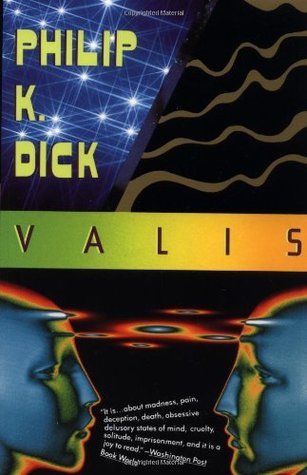 VALIS
VALIS
1981 The Declaration of Independence of Cyberspace
John Perry Barlow
World Economic Forum, Davos
1996 ↩︎
↩︎23 January 2020 “Legs are coming soon! Are you excited??”
@MetaHorizon
11 October 2022 ↩︎
↩︎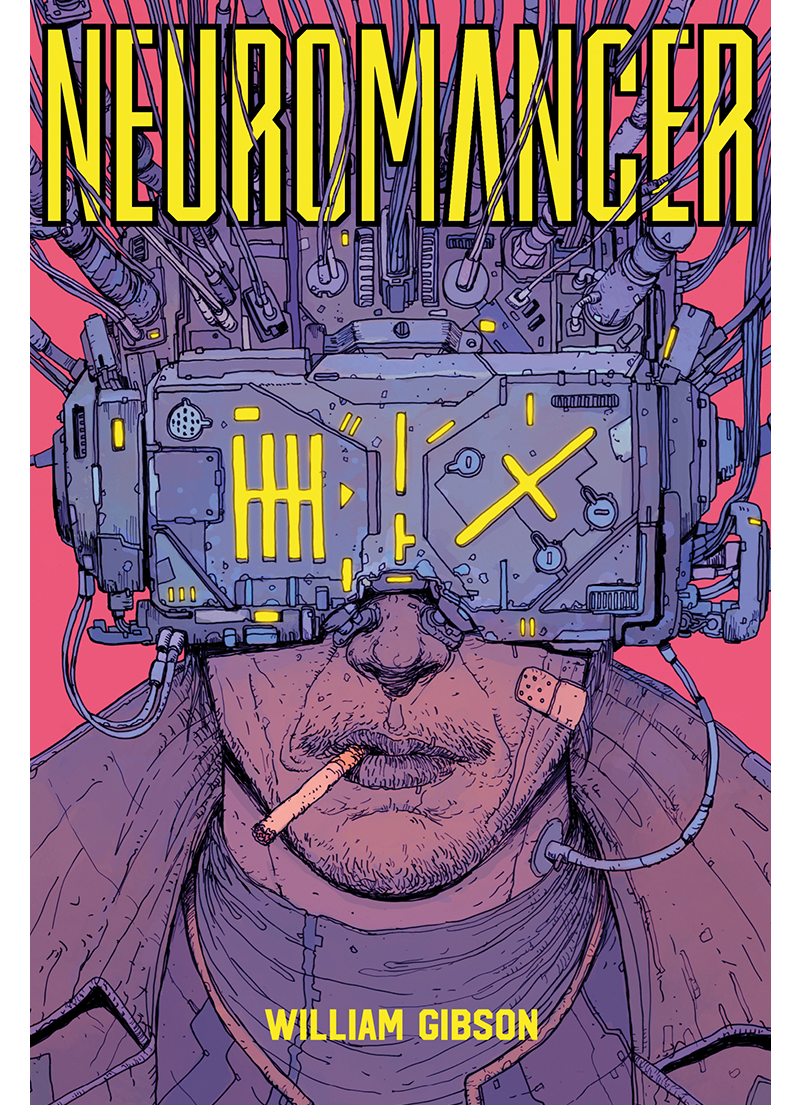 Neuromancer
Neuromancer
1 July 1984
↩︎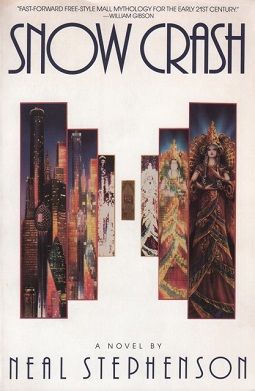 Snowcrash
Snowcrash
June 1992
↩︎2022 There is something deeply sinister about how big tech companies understand the aesthetics of bodies and no more is that apparent than when they dabble in AR/VR. Clockwise from top left:
(1) Dead-eyed Mozilla Hubs avatars
(2) Mark Zuckerberg leers over his Facebook Horizons kingdom
(3) An Uncanny valley Samsung Avatar Emoji
(4) A full-bodied Tim Cook gazes over an audience of decapited Apple Memoji heads ↩︎VRChat player Pluto, to his boyfriend Floppy.
A Wider Screen
Joe Hunting
2019 ↩︎Phantom Touch phenomenon as a manifestation of the Visual-Auditory-Tactile Synaesthesia and its impact on the users in virtual reality
Sasha Alexdottir & Xiaosong Yang
IEEE International Symposium on Mixed and Augmented Reality Adjunct (ISMAR-Adjunct)
17 October 2022 ↩︎See also: r/VRtoER
A Reddit community dedicated to documenting injuries sustained during VR play. ↩︎
↩︎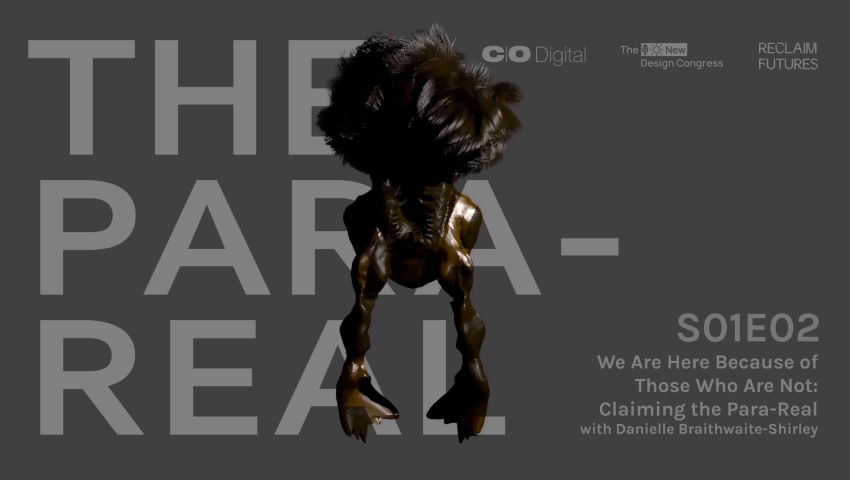 We Are Here Because of Those Who Were Not: Reclaiming the Para-Real
We Are Here Because of Those Who Were Not: Reclaiming the Para-Real
7 September 2022 when did your egg crack (what age?)
Discussion on r/MtF
22 December 2022 ↩︎
↩︎4 July 2021
↩︎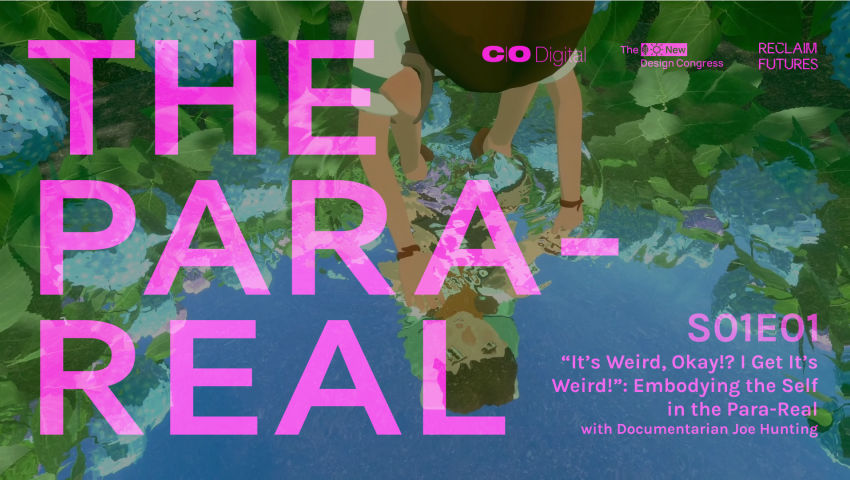 “It’s Weird, Okay!? I Get It’s Weird!”: Embodying the Self in the Para-Real
“It’s Weird, Okay!? I Get It’s Weird!”: Embodying the Self in the Para-Real
14 July 2022

